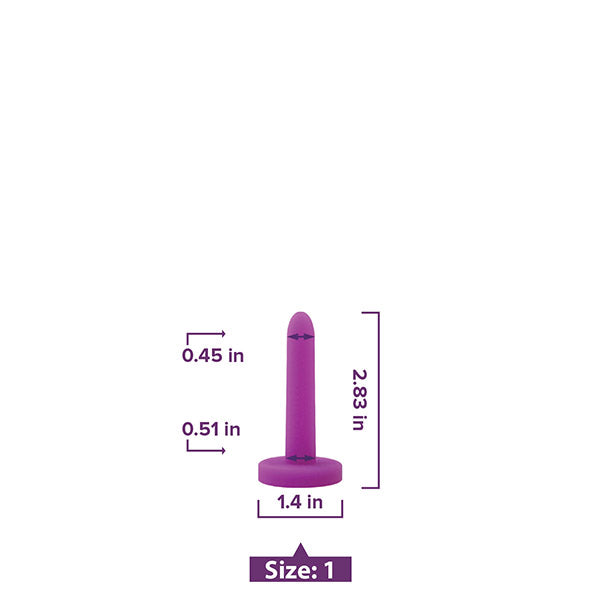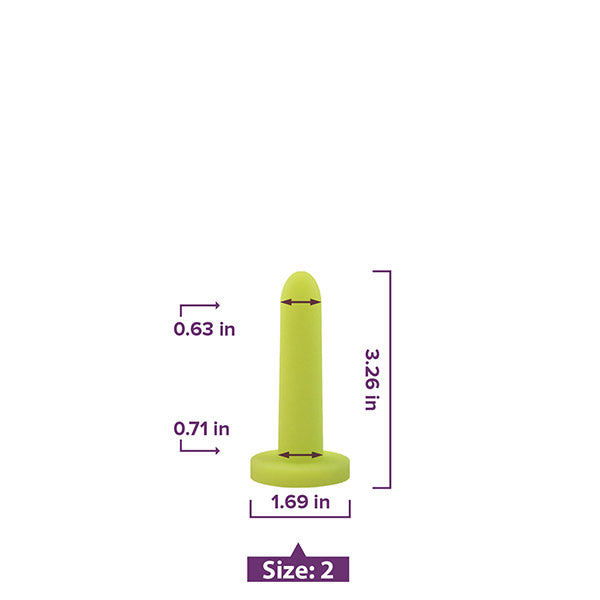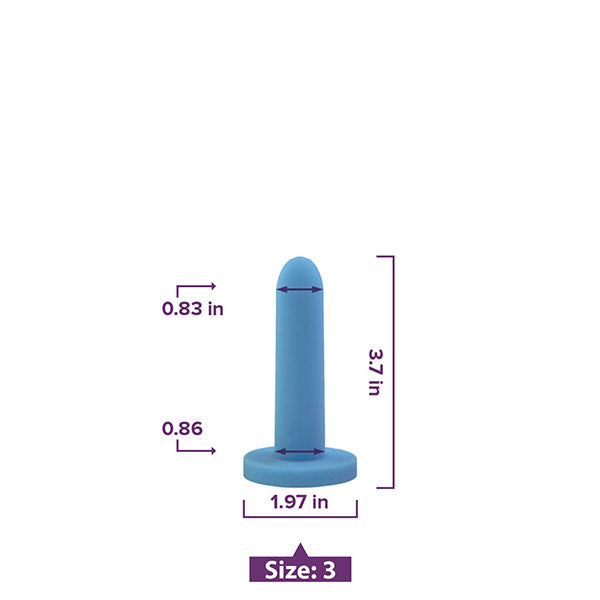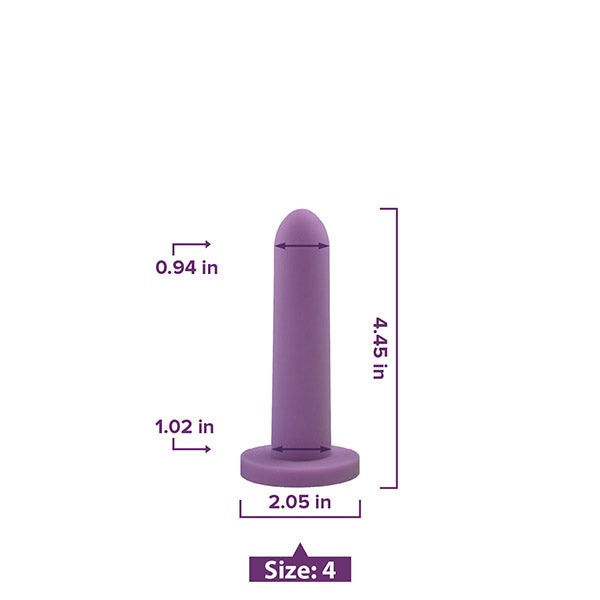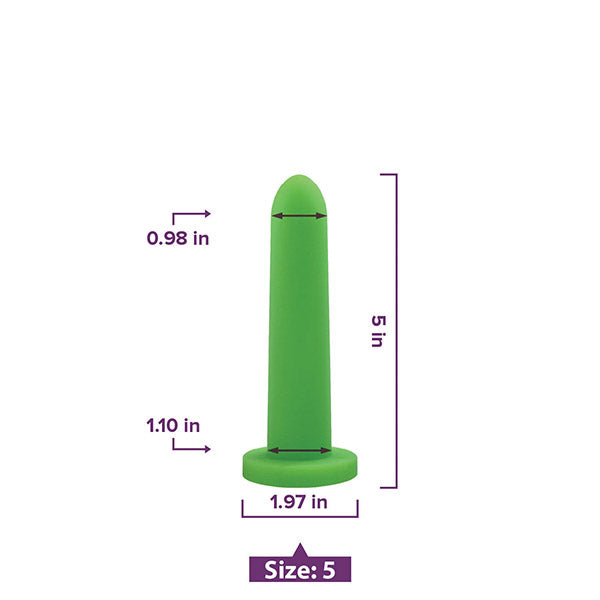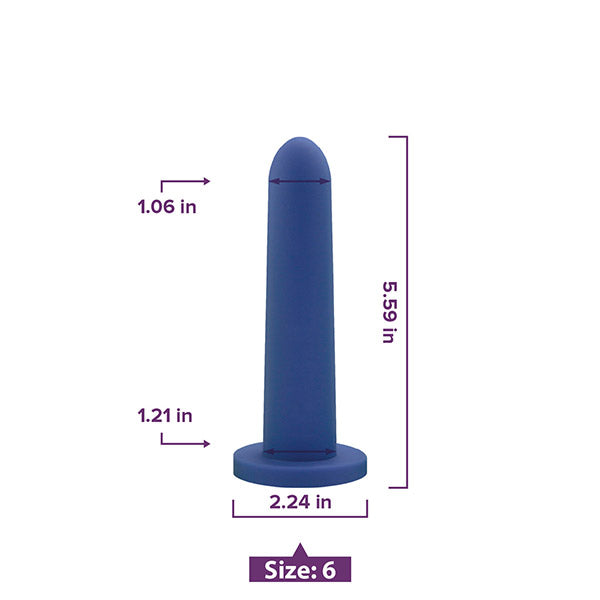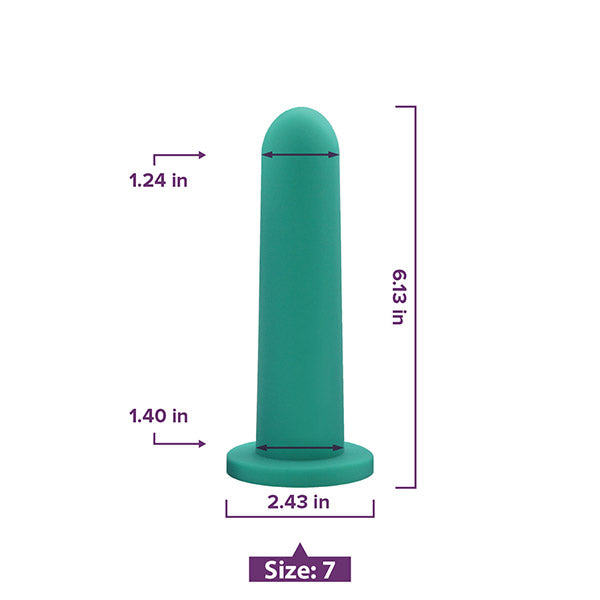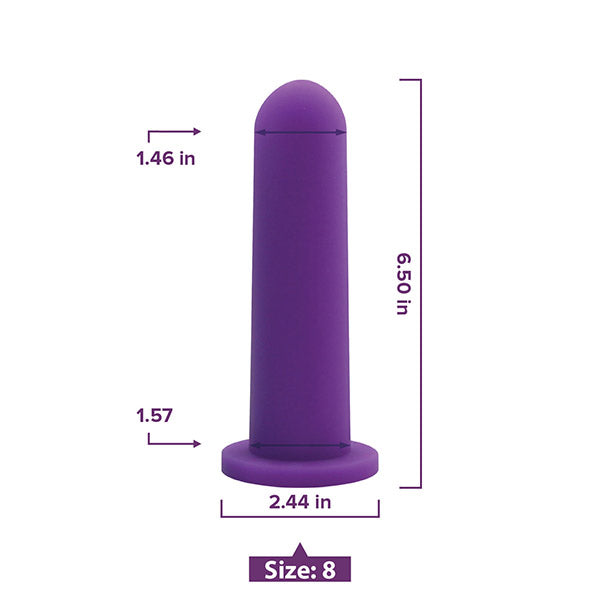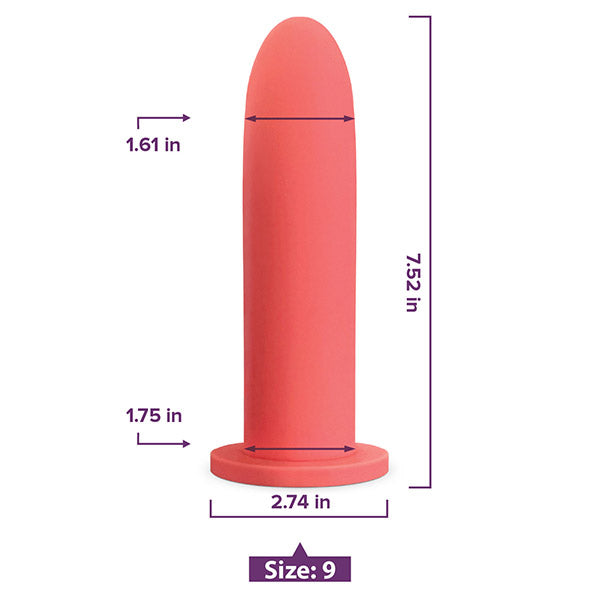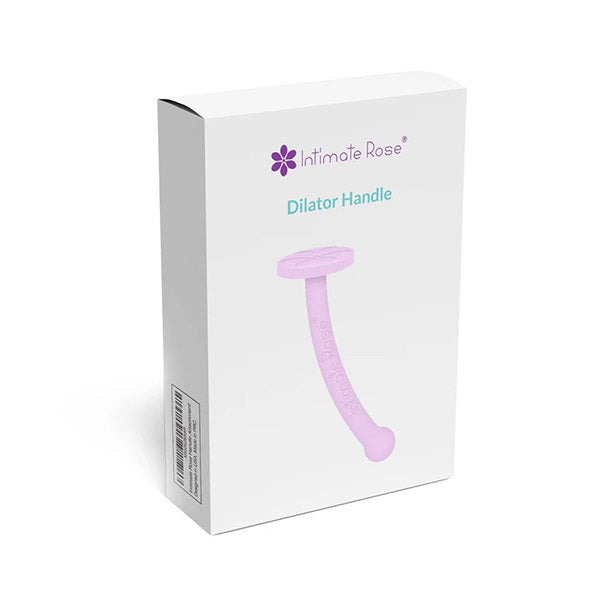Deep PFMs were monitored using a vaginal EMG probe, while superficial muscles were measured with surface EMG sensors. The study included 15 sexually healthy women, with an average age of 27. Each participant viewed three 7-minute film clips:
-
A neutral travel documentary
-
An anxiety-provoking scene (either Cujo or Kiss the Girls)
-
A sexually explicit clip from Erika Lust films, with the option to choose between mixed-sex or same-sex scenes to better align with personal comfort and reduce guilt-based inhibition

Apply for Free Samples

Apply for Free Samples
-
Female Sexual Function Index (FSFI)
-
Derogatis Sexual Functioning Inventory (DSFI) – focusing on sexual drive and attitudes
-
Sexual Arousability Inventory (SAI) – measuring arousal via a 28-item questionnaire and 7-point Likert scale
Key Findings:
These findings are particularly relevant for pelvic health providers, as we often consider the impact of trauma, stress, or fear on hypertonic pelvic floor muscles. Prior research by Vanderveld (2001) using MRI also demonstrated involuntary increases in upper trapezius and pelvic floor activity in response to sexually threatening stimuli—even in participants without a diagnosis of vaginismus.
While this was a small-scale study, it raises important questions about pelvic floor reactivity and the role it plays in both sexual arousal and pelvic pain. More research is needed to guide our understanding and improve care for patients who experience pain during sexual activity.
Van der Velde, J., Laan, E., & Everaerd, W. (2001). Vaginismus, a component of a general defensive reaction. An investigation of pelvic floor muscle activity during exposure to emotion-inducing film excerpts in women with and without vaginismus. International Urogynecology Journal, 12(5), 328-331.
How do Vaginal Dilators Work?


Apply for Free Samples








